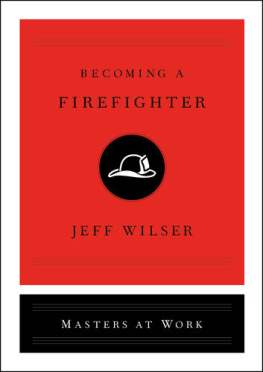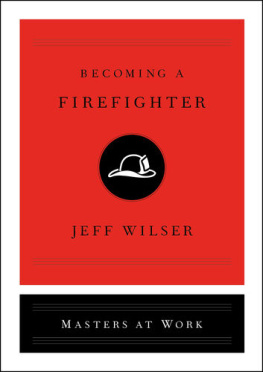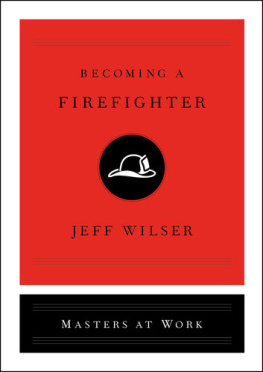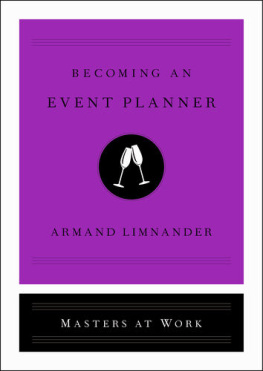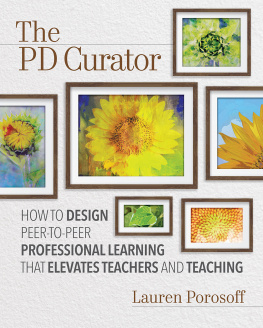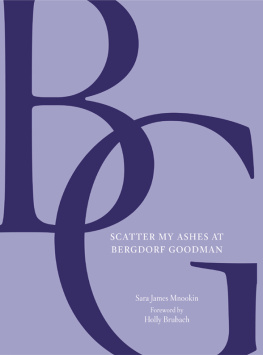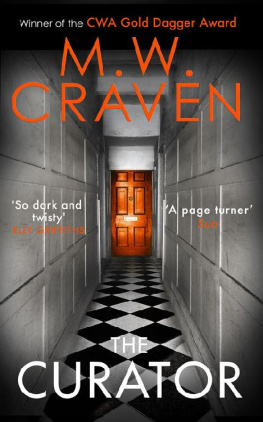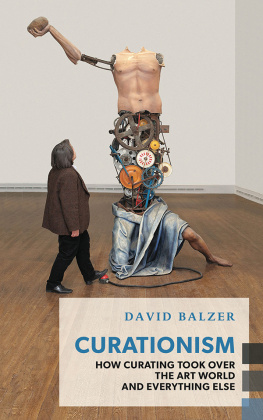B ECOMING A N EUROSURGEON
B ECOMING A V ETERINARIAN
B ECOMING A V ENTURE C APITALIST
B ECOMING A H AIRSTYLIST
B ECOMING A R EAL E STATE A GENT
B ECOMING A M ARINE B IOLOGIST
B ECOMING AN E THICAL H ACKER
B ECOMING A L IFE C OACH
ALSO AVAILABLE
B ECOMING A Y OGA I NSTRUCTOR
B ECOMING A R ESTAURATEUR
B ECOMING A P RIVATE I NVESTIGATOR
B ECOMING A B AKER
B ECOMING A S OMMELIER
B ECOMING A C URATOR
B ECOMING AN A RCHITECT
B ECOMING A F ASHION D ESIGNER

Simon & Schuster
1230 Avenue of the Americas
New York, NY 10020
www.SimonandSchuster.com
Copyright 2019 by Simon & Schuster, Inc.
Interior Illustrations 2019 by Donna Mehalko
All rights reserved, including the right to reproduce this book or portions thereof in any form whatsoever. For information, address Simon & Schuster Subsidiary Rights Department, 1230 Avenue of the Americas, New York, NY 10020.
First Simon & Schuster hardcover edition September 2019
SIMON & SCHUSTER and colophon are registered trademarks of Simon & Schuster, Inc.
For information about special discounts for bulk purchases, please contact Simon & Schuster Special Sales at 1-866-506-1949 or .
The Simon & Schuster Speakers Bureau can bring authors to your live event. For more information or to book an event, contact the Simon & Schuster Speakers Bureau at 1-866-248-3049 or visit our website at www.simonspeakers.com.
Library of Congress Cataloging-in-Publication Data has been applied for.
Jacket design by Alison Forner
Jacket images by Anar Babyev and Finger Medium/Getty Images
ISBN 978-1-9821-2684-1
ISBN 978-1-9821-2685-8 (ebook)
F OR D AVE M ASTERSON, IN MEMORIAM
CONTENTS
W arm. Sunny. Curated. Thats your Caribbean, says Silverseas ad for its cruises. Gwyneth Paltrow, in partnership with J. Crew, modeled eight outfits curated from the fall collection. A New York Times comedy critic recommends a weekly Brooklyn stand-up show as superbly curated. Curating, an activity once confined to museums and galleries and carried out by trained professionals, has become the favorite pastime of every influencer with an Instagram account.
Initially, curating entailed bringing an educated eye to bear on art, wielding the impeccable taste and discernment that comes with long exposure to masterworks. The halo of expertise persists though curating in the popular sense requires no credentials. Any shopper with a sense of style can become a self-appointed curator whose authority is ratified by a legion of followers. At which point curating confers value: the books Oprah chooses rise to the top of Amazons frequently purchased list; the makeup beauty bloggers promote sells out at Sephora.
So ubiquitous is this exercise of assessing the world and ranking everything in it that its easy to lose sight of the fact that there are peoplestillwho work as curators in the traditional sense of the word. Many are based in museums and galleries. Others, independent, direct big exhibitions, often on an international scale, like the Venice Biennale or Documenta in Kassel, Germany. There are curators who act as advisers to individuals and corporations, helping them assemble and maintain a collection. There are curators who steer artists estates, positioning their legacy, ensuring that the work is taken care of and seen in a sympathetic context, placing it with museums and determining what to sell.
If your interest in curating is in becoming a tastemaker and building an empire on sponsored posts, this is not the book for you. If, on the other hand, youre curious about what happens when you train your minds eye on art and bring that art to the attention of the public, youre in the right place. This book explores the curatorial profession through the life and work of one of its leading practitioners.
Meet Elisabeth Sussman. Her title since 2004the Sondra Gilman Curator of Photography at the Whitney Museum of American Artdoesnt begin to convey the breadth of her expertise or the responsibilities of her job. Over four decades, at museums in Boston, San Francisco, and New York, Sussman has passionately championed artists across multiple disciplines. As a result, their work has become more widely known and highly regarded. You may recognize one or more of their names: Diane Arbus, Eva Hesse, Florine Stettheimer, Robert Gober, Paul Thek, Mike Kelley, Gordon Matta-Clark, Nan Goldin... The list goes on. But unless you work in the art world or read reviews of museum shows, chances are youve never heard of Sussman. Which is, to her mind, the way it ought to be.
There are rock-star curators as famous as the artists they show, who post photos of their celebrity friends on their Instagram pages. Sussman has no Instagram page. Like many if not most curators like her, she prefers to go unannounced.
Its always about the artist, says Adam Weinberg, the Whitneys director and Sussmans boss. Its not the Elisabeth Sussman show, putting her name in lights.
David Ross, former director of the Whitney and the San Francisco Museum of Modern Art, for whom Sussman worked in both places, says, Elisabeths not in it for the fancy friends and the social prestige. Shes worked a long and complicated career, shes done things that are intellectually and critically significant, and shes never compromised. Shes the real deal.
Lynn Zelevansky, a curator herself, former director of the Carnegie Museum of Art in Pittsburgh, and Sussmans collaborator on major shows, says that curatorial work requires a unique combination of skills. Its very creative. You need to be a scholarmaybe you learn that in graduate school. And then you need to know how to interpret someones story in space and over time; some of that you might get through on-the-job training. But I think theres a certain degree of talent, too. Its not super common to get all those qualities together in one curator. Elisabeths got the whole thing. Zelevansky considers Sussman an excellent representative of their field. Shes sort of the best that we can do.
Tony Ganz, a Los Angelesbased film executive who loaned works from his collection for Sussmans retrospectives of Eva Hesse, Gordon Matta-Clark, and Paul Thek, says, Elisabeth is in a league of her own in every way. I think people are probably disarmed by her warm, affable presence. But just under the waterline is someone who will look for the truth where other people will just accept clichs, and that will lead her to an understanding of these artists she gets so involved with and committed to that other people might miss.

Diminutive, dressed in black, her dark hair cut short, blue glasses framing her eyes, Sussman has the appearance of a scholarly pixie. On a Friday night in November 2018, she attends a dinner hosted by David Zwirner, the New York art dealer, at his house in the East Village. The occasion is the opening of Untitled , sixty-six photographs from Diane Arbuss last project. Arbus died in 1971, before she could finish editing the negatives. Doon Arbus, the photographers daughter, to whom the task of managing her estate fell, has now made a definitive selection of the images that this show comprises, some of them on view for the first time. The evening also marks the start of a partnership between the Fraenkel Gallery, a highly regarded San Francisco showcase for photography, and Zwirner, with galleries in New York, London, and Hong Kong. Together they will represent the estate worldwide.

